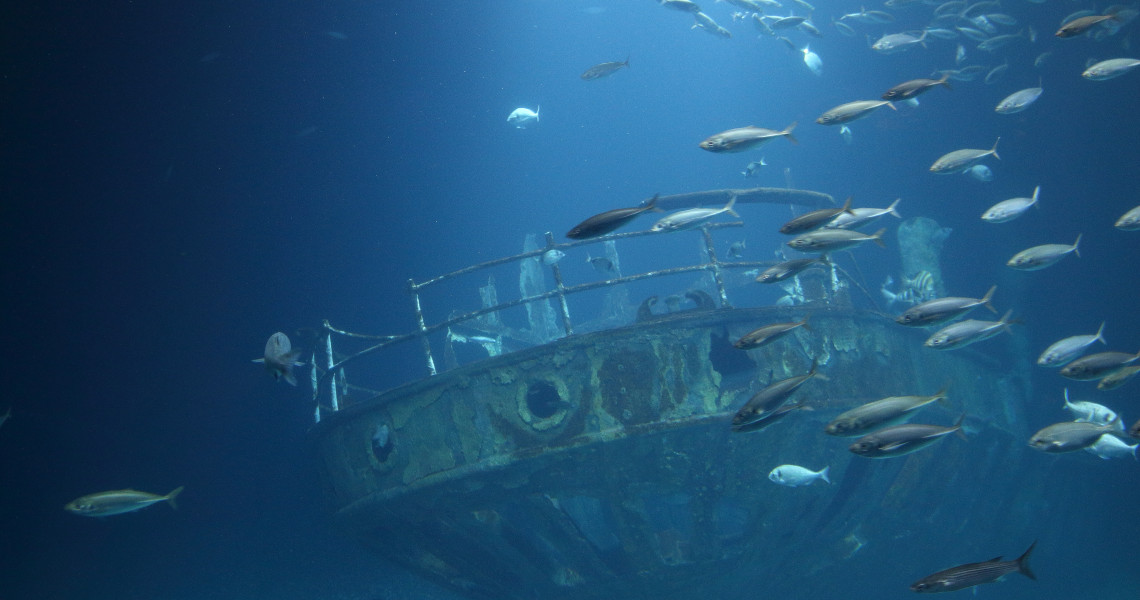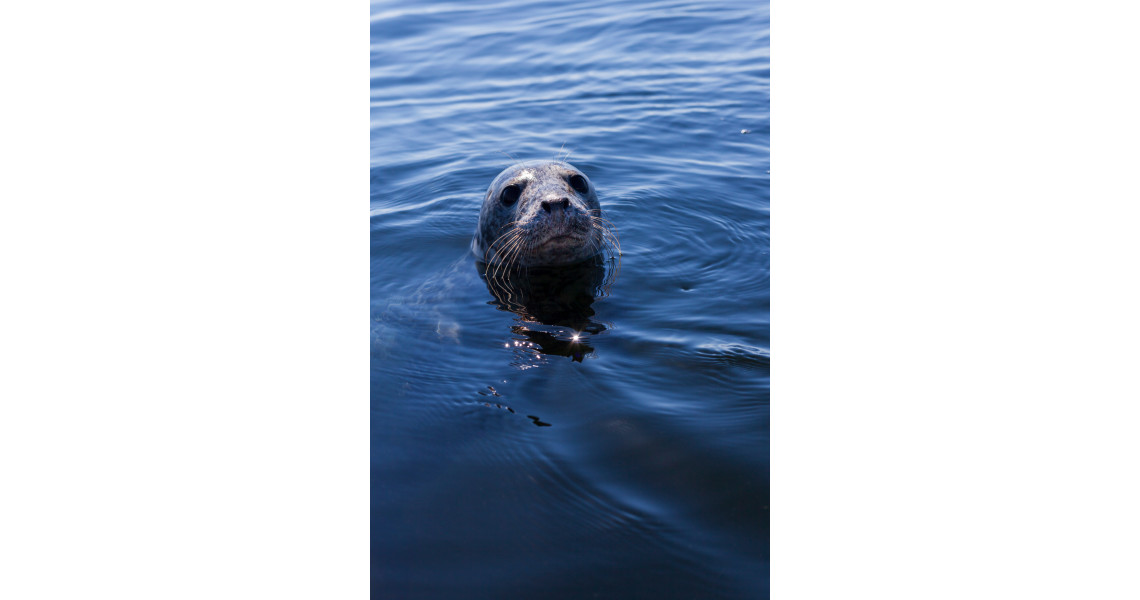Develop your PA or HA
Phase 2: Starting to Operate
Capacity and Effects
Based on Phase 1A (Scouting and Mobilisation), there is a shift from the internal players (implementing stakeholders) to external players (external stakeholders and target groups, in MLG-perspective).
Capacity effects shift from being individual-oriented to institution-oriented:
- PAC/HAC’s home institutions are fully set up for the task (structures and management, PAH/HAS-task is fully embedded).
- External stakeholders understand how the EUSBSR operates and how they can make use of incentives and opportunities provided. E.g. they realise that the EUSBSR does not have funding of its own, they should be prepared to participate in /contribute to alignment of funding and work in partnerships to increase their chances for funding from other sources.
As a result, the stakeholders develop capacity on how to use MRS.
First “internal results” of the PA/HA emerge (e.g. the pool of stakeholders widens, their readiness to contribute increased) - however, it is little change (or probably no change) can be detected at the level of the performance of the external stakeholders in the region.
Policy Area / Horizontal Action activities in Phase 2
Actions and Capacity
As a result of Phase 1A, the PA activities are now based on a wider base of stakeholders/target groups (in MLG-perspective) and focus on selected thematic issues with clear macro-regional value added (base for flagships).
The Policy Area is a home for a number of thematic flagships, platforms etc – i.e. developmental processes that have a purpose of policy development and policy implementation / enactment within the chosen theme. Each flagship has a flagship leader (ideally, a sustainable institution well-positioned in the theme in question).
In all flagships, coherence with the PA Action Plan is ensured at the level of targets and indicators. Monitoring and evaluation happens at the flagship level (aggregated, if applicable, from the project level, the projects being elements of the flagship). Monitoring and evaluation happens also at the PA-level, against the targets&indicators (quantitative and qualitative) set in Phase 1.
The Policy Area Coordinator hold regular meetings with flagship leaders, individually and in group, thus facilitating cross-flagship learning. This space is the PAC’s arena for practicing leadership and executive capability – the PAC is to make sure all flagships keep the course, continuously learn and adapt, and deliver relevant outcomes in the form of policy generation and policy enactment (action on the ground). PAC can arrange capacity development initiatives for the flagship leaders and other stakeholders where needed.
Horizontal Actions are implementing their activities that are integrated with activities of Policy Areas, either at the PA (strategic) level or at the flagship-level (operational).
Results and Effects
Flagships are the main operation/implementation units of the EUSBSR. Flagships’ performance determines visibility and effectiveness of the Policy Area. The degree of integration of the flagships and coherence with the relevant Objective of the PA Action Plan is another indicator of PA-success.
When flagships perform, the PA performs – externally observable effects are consistent and transparent, they are easy to monitor and evaluate externally.
Internally, the effects are productivity and efficiency of the PAC as individual and the PAC’s home institution. The Policy area is no longer dependent on the PAC-person, this role is fully internalised in the institution: there is a succession plan, and recruitment is done consciously, according to the established capability criteria, with regards taken to the Phase of the PA development.
Possible Phase 2A: Cross-PA / HA field
Provided the PA is steadily operating in Phase 2, additional opportunities could be explored in the cross-PA/HA field: e.g. joint flagship “Cluster Leader Learning” of PA Education and PA Innovation.


















